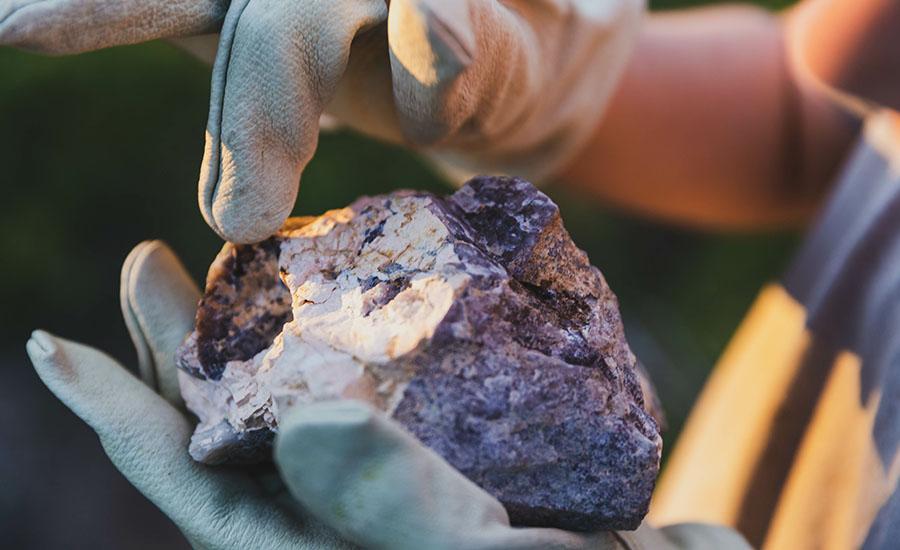
Growing Crystals Part 2: Actualizing the Formation of Crystalline Solid Blue, Green, Purple and Red Crystals Growing
by Maria Theresa Gonzaga
Growing Crystals Part 2 is a unique lesson that has an emphasis on the synthetic growing of crystals in the laboratory. This activity also focuses on investigating the process of how synthetic crystals form, allows you to predict the strongest force responsible for the formation of a given solid that determine crystals' physical properties and uses mathematics and computational thinking to explain how the amount of impurities are used in producing crystals.
Lesson Plan Link/URL
https://docs.google.com/presentation/d/1SS-_3R9DVTMnlS19EqN0i2w31kYpXkGL/edit?u…Subject Area
Science Physical Science P1: Matter Technology 3. Knowledge Constructor 4. Innovative Designer 5. Computational Thinker 6. Creative Communicator Engineering S1: Engineering & Global Society English Language Arts (ELA) Reading (Informational Text) Writing Speaking & Listening
Featured
Off
Related Content

Grades:
2nd Grade, 3rd Grade
Students will research a biome around the world, including 3 animals, 3 plants, and 3 nonliving parts of the ecosystem. Students will construct a diorama of the biome and illustrate a natural disaster

Grades:
7th Grade, 8th Grade, 9th Grade, 10th Grade, 11th Grade, 12th Grade
This is a lesson geared toward junior high and high school classes to introduce students to the idea of cryptography and encryption. This lesson could be simplified for younger students by removing

Grades:
6th Grade, 7th Grade, 8th Grade
This lesson is part 2 of 2, Days 3 and 4. This lesson is set up to have students explore the friction bridge designed by Leonardo Da Vinci. Students have discovered the inventor and become familiar